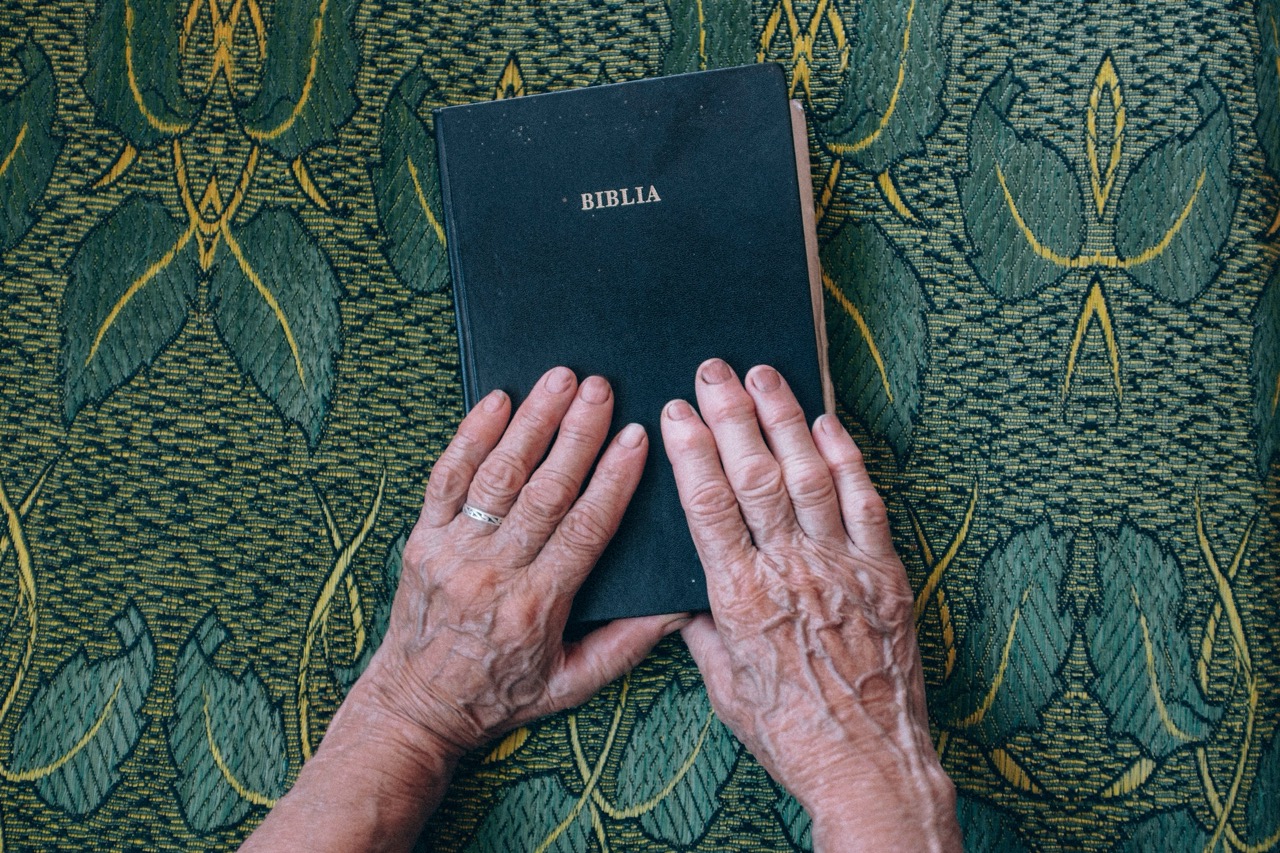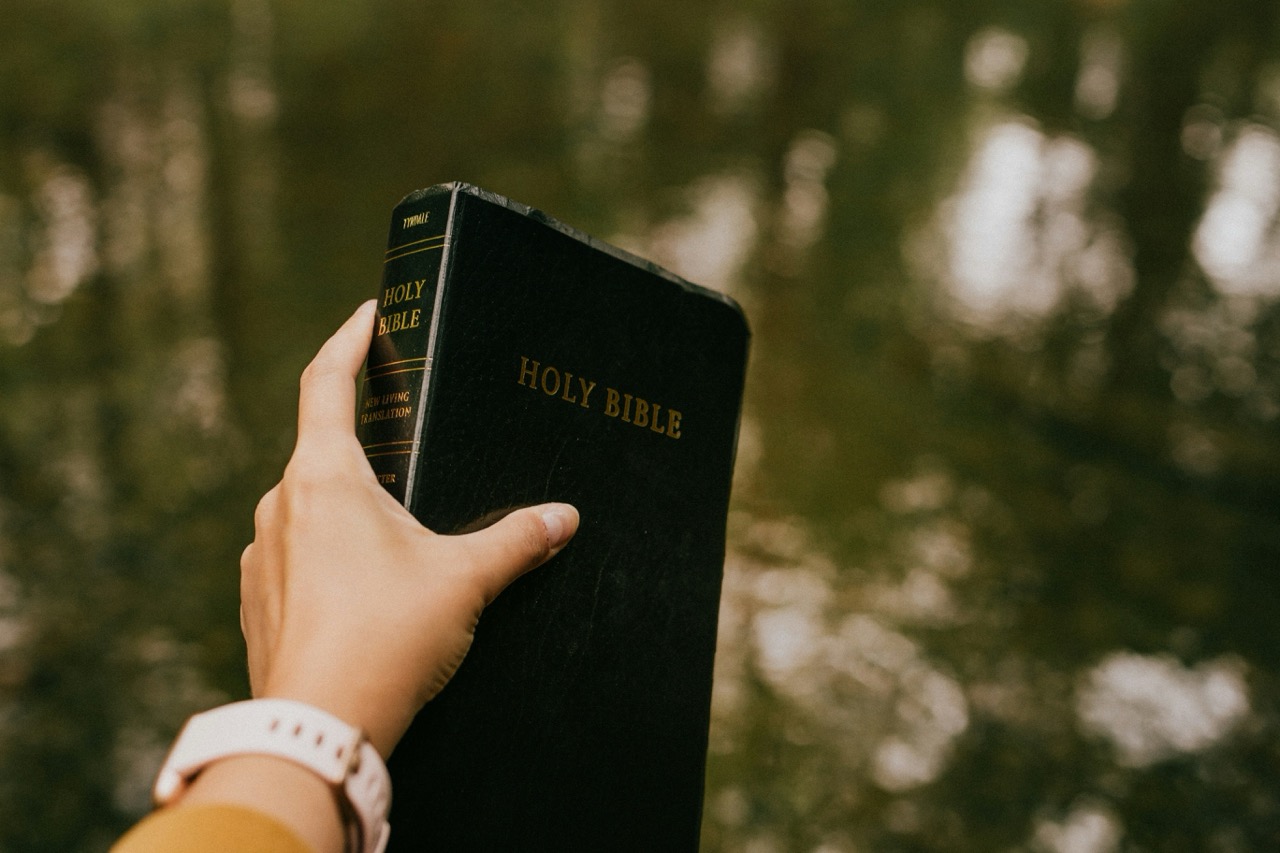A Journey of Loyalty and Redemption: Ruth and Naomi’s Story

The story of Ruth and Naomi, as recounted in the Book of Ruth in the Christian Bible, is a profound narrative of loyalty, resilience, and divine providence. Set in the time of the judges, it paints a picture of two women navigating the tumultuous waters of loss and despair, only to find hope and redemption in each other’s unwavering bond. This tale transcends time, resonating with themes of commitment, sacrifice, and the transformative power of love. Exploring their journey reveals not only their struggles and triumphs but also the intricate ways in which their lives intertwine with God’s larger plan for redemption.
The Unbreakable Bond: Ruth and Naomi’s Early Trials
Naomi’s journey begins in the land of Moab, far from her homeland of Bethlehem, where she had moved with her husband, Elimelech, seeking refuge from a severe famine. Tragedy strikes as Elimelech dies, leaving Naomi and her two sons, who marry Moabite women, Ruth and Orpah. However, heartbreak follows when Naomi’s sons also die, leaving the three women without any means of support. These early trials forge a bond of shared grief and hardship between Naomi and Ruth, illustrating the depth of their relationship amid overwhelming sorrow.
Faced with the daunting realities of widowhood and loss, Naomi hears that the famine has ended in Bethlehem, prompting her to return home. This decision embodies both desperation and hope—a desire to reclaim her life in familiar surroundings, despite the pain of leaving behind her daughters-in-law. Naomi’s early trials highlight the fragility of human existence and the strength that emerges in the face of adversity. Ruth and Orpah are left with a choice: to stay in Moab or follow Naomi into the unknown.
The emotional weight of this choice permeates the narrative. Naomi, recognizing the difficulties that await her daughters-in-law, urges them to return to their families. This moment of tender farewell emphasizes Naomi’s selflessness, as she prioritizes their welfare over her own loneliness. Yet, it is Ruth’s response that encapsulates the essence of loyalty: “Where you go, I will go; where you stay, I will stay.” This declaration forms the bedrock of their relationship, signifying an unbreakable bond forged in love and commitment, setting the stage for their remarkable journey ahead.
A Leap of Faith: Ruth’s Choice to Stay with Naomi
Ruth’s choice to accompany Naomi back to Bethlehem is a leap of faith that embodies not only her loyalty but also her courage. As a Moabite woman, Ruth is stepping into a foreign land with unfamiliar customs and potential prejudice. Her decision defies societal norms, as she chooses to align herself with Naomi’s people and their God. This act of devotion signifies a transformative moment, as Ruth embraces a new identity rooted in love and commitment rather than fear of the unknown.
As they arrive in Bethlehem, the townspeople are astonished to see Naomi, whom they remember as a vibrant woman now returning in a state of loss. Naomi’s transformation is palpable; she asks to be called Mara, meaning "bitter," reflecting her inner turmoil and grief. Ruth, in stark contrast, embodies hope, determined to care for Naomi despite the challenges they face as widows in a patriarchal society. This juxtaposition emphasizes the strength of their bond, as Ruth’s steadfastness provides a glimmer of light in Naomi’s darkness.
Ruth’s leap of faith also symbolizes a deeper spiritual journey. By declaring her loyalty to Naomi’s people and God, she embarks on a path of spiritual awakening. Her choice is not merely an act of familial duty but an embrace of a new faith that will guide her in the days to come. This decision sets the foundation for the remarkable events that unfold in Bethlehem—a testament to the power of loyalty and the profound impact of relationships forged in adversity.
Harvest of Hope: Ruth’s Dedication in a Foreign Land
Upon settling in Bethlehem, Ruth’s dedication to Naomi shines through her tireless efforts to provide for them. To ensure their survival, she takes to the fields to glean leftover grain—an arduous task reserved for those in desperate need. The law at the time allowed the poor to gather what was left after harvest, and Ruth’s willingness to engage in this labor showcases her tenacity and resilience. She is a woman of action, determined to uphold her commitment to Naomi while also forging her place in a community that could easily view her as an outsider.
As Ruth enters the fields of Boaz, she unknowingly steps into a pivotal chapter of their story. Boaz, a wealthy relative of Naomi’s late husband, notices Ruth’s hard work and dedication. His kindness towards her marks a significant turning point—he ensures her safety and provides her with extra food, exemplifying the virtues of generosity and compassion. This divine encounter underscores the intricate tapestry of God’s providence, where seemingly ordinary actions lead to extraordinary outcomes. Ruth’s resourcefulness not only sustains them but also begins to weave her into the fabric of the community.
The harvest season becomes a metaphor for hope and renewal. Ruth’s dedication amidst adversity symbolizes the potential for growth even in the most challenging circumstances. Her actions not only secure their immediate needs but also begin to shift perceptions about her as a Moabite in Israel. Ruth’s unwavering loyalty to Naomi and her diligent work in the fields help to establish their place in Bethlehem, sowing the seeds for a future filled with promise. This chapter of their journey illustrates how determination and faithfulness can yield bountiful rewards, transforming hardship into hope.
Redemption and Renewal: A New Beginning for Both Women
The narrative takes a transformative turn as Naomi recognizes the potential for a better future for both herself and Ruth. Encouraged by the favor Ruth has found in Boaz, Naomi devises a plan for Ruth to approach him at the threshing floor, a bold move that reflects her understanding of the customs of the time. This moment is significant; it signifies Naomi’s shift from bitterness to hope as she becomes an active participant in the unfolding story of redemption. Her strategic guidance demonstrates the depth of their relationship, as Naomi seeks to secure a future for Ruth and herself.
Ruth follows Naomi’s instructions, approaching Boaz with humility and courage. Her actions are laden with meaning; by asking him to be her kinsman-redeemer, she is not only seeking security for herself but also honoring Naomi’s deceased husband’s lineage. This act of vulnerability and trust deepens the bond between Ruth and Boaz, leading to an eventual commitment that reshapes their destinies. Boaz, moved by Ruth’s loyalty to Naomi, agrees to take on the responsibility, showcasing themes of grace, redemption, and divine timing.
The climax of their story culminates in a joyous union that extends beyond personal redemption. Ruth and Boaz’s marriage represents a new beginning, not just for the two of them but also for Naomi, who is now a grandmother. The birth of Ruth and Boaz’s son, Obed, symbolizes the continuity of life and the fulfillment of God’s promise. This child becomes part of the lineage of David, ultimately leading to the genealogy of Jesus Christ, reinforcing the idea that even in the face of despair, God’s redemptive plan is at work. Together, Ruth and Naomi’s journey is a testament to the power of loyalty, love, and the remarkable ways God weaves redemption into the lives of those who trust Him.
The story of Ruth and Naomi serves as a timeless reminder of the strength found in relationships built on loyalty and love. Their journey—from the depths of despair to the heights of redemption—illustrates how unwavering commitment can lead to divine restoration. As we reflect on their narrative, we are encouraged to embrace the bonds we share with others, recognizing that through loyalty and faith, we can navigate our own trials and emerge renewed. The legacy of Ruth and Naomi is not merely a story from the past but a living testament to the profound impact of love and the transformative power of redemption in our own lives.




